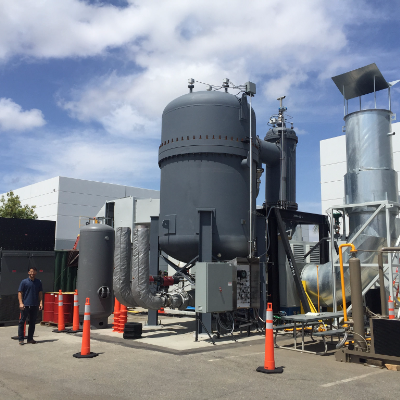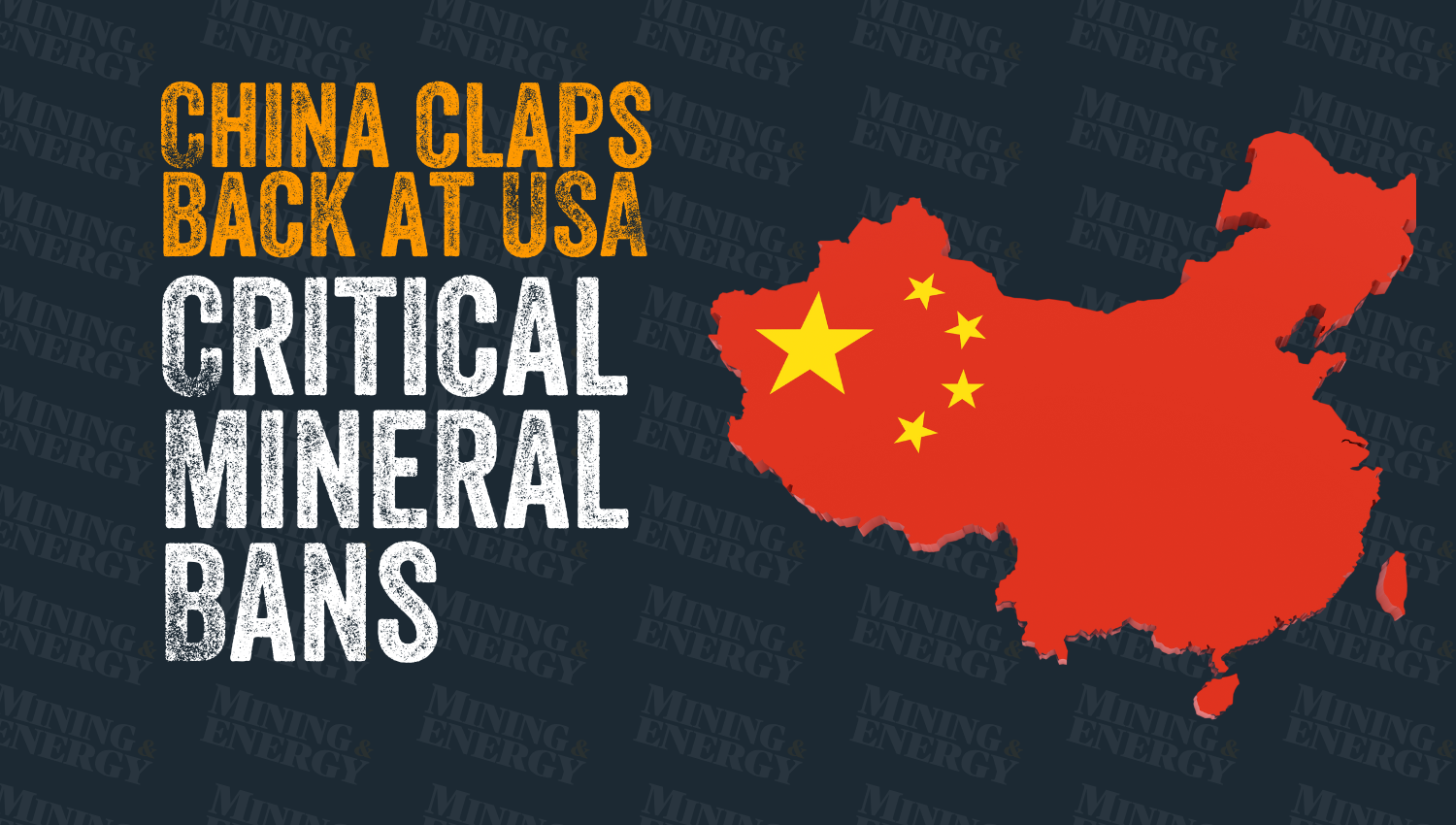Ener-core creates energy from low-BTU gas

Ener-Core is commercializing its two-megawatt KG2-3GEF/PO Power Oxidizer, which can run on waste and low-quality gases from a wide variety of industri
Ener-Core is commercializing its two-megawatt KG2-3GEF/PO Power Oxidizer, which can run on waste and low-quality gases from a wide variety of industries, with Siemens/Dresser-Rand. — Photo courtesy Ener-Core
End-of-life mining operations could continue to produce energy for a decade or more with a new technology that turns low-quality gases into usable energy.
Ener-Core, based in Irvine, California, has developed PowerStations and Power Oxidation technology—the first waste-gas-to-energy technology capable of continually operating a slow chemical oxidation reaction that occurs at temperatures considerably lower than standard-fired gas combustion engines.
Most combustion engines and turbines are designed around high-performance combustion chambers. A high-grade combustion chamber, designed to fire premium fuels, could never run on low-energy gas and struggles with gases that have minimal levels of contaminants.
“Our technology extends an historical trend in engine technology seeking to improve emissions and expand the fuel operating range,” said Alain Castro, CEO of Ener-Core. “Our systems are designed to allow for the extraction of energy from previously unusable fuels, reduce harmful pollutants and create useful energy products such as heat and electricity.”
The PowerStations designed around Ener-Core’s underlying technology leverage the trend towards decreasing methane emissions and greater utilization of coal mine-related gases. They have the capability of generating energy from a wide range of emissions associated with coal operations, including coal bed methane (CBM), abandoned mine methane (AMM) and ventilation air at 1.5 per cent methane (VAM).
The PowerStations begin with a large vessel into which the poor quality gas, which would otherwise be flared, is fed. The low-energy gas is combined with 97 per cent air, and the temperature and pressure are raised to a point where the gas is oxidized quickly, creating heat without ignition. The total residence time of the gas within the vessel can vary from two to five seconds, which is substantially longer than the milliseconds of typical residence times associated with combustion chambers.
Castro said this is the technology's main unique feature. “This enables us to get the energy out of the gases that are difficult to combust; and because there is no ignition, there are negligible (<1 ppm) nitrogen oxide (NOx) levels produced.”
“I think the devices designed around the PowerStation are likely the lowest NOx emission devices in the world for power generation,” he said.
The technology also almost fully consumes all of the VOCs embedded in the waste gas. “As a combination pollution control system with the benefit of generating useful energy, it is not just destroying the gases but doing something useful with them,” said Castro.
Ener-Core has completed a number of installations at closed landfill sites, providing them with an attractive alternative to venting or flaring the waste gases, which generally occur for many decades after the landfills are closed.
Ideally, Ener-Core would be consulted approximately a year before ending coal operations to begin planning for an installation.
Ener-Core fields Canadian inquiries about its product on a regular basis from many industries and envisions the technology having global reach.
The company recently signed a commercial and manufacturing license agreement with Dresser-Rand, a Siemens business, granting that company exclusive right to manufacture Ener-Core's units within the one- to four-megawatt power capacity range and to sell them–integrated with Dresser-Rand’s two-megawatt KG2 turbine–directly to industrial customers.
“We are a great business alternative because our solution provides an attractive financial payback, as industries can substantially reduce their energy expenditures by producing their own energy from these low-quality gases that typically get flared,” said Castro, “and also a better alternative because of the environmental benefits.”



